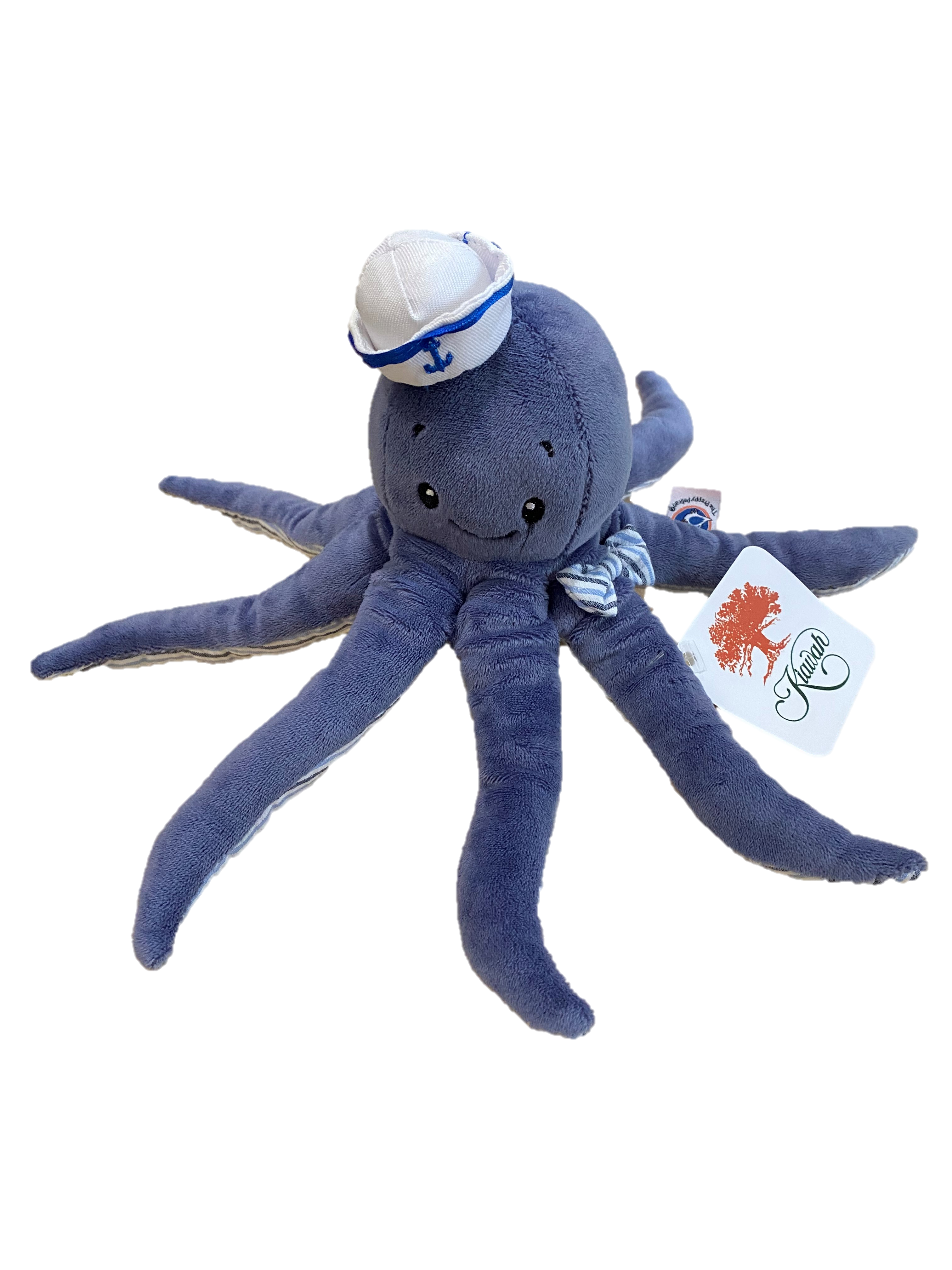

When Colvig left the studio in 1931, Mickey Rooney took over the voicing of Oswald until early in the following year. Animator Bill Nolan did the voice of Oswald in Cold Turkey, the first Lantz cartoon with dialogue, and the following year Pinto Colvig, who was working as an animator and gag man at the studio, started voicing Oswald.

Unlike the Disney shorts, in which Oswald did not speak, Lantz's cartoons began to feature actual dialogue for Oswald, although most of the cartoons were still silent to begin with. With Happy Scouts (1938), the second-to-last Oswald film produced, the rabbit's fur went from being all-white to a combination of white and gray.

Minor changes in the drawing style would continue, too. The cartoons containing the new, white-furred Oswald seemed to be different from their predecessors in more than one way, as the stories themselves became softer. This new Oswald model was adapted directly from a non-Oswald bunny in another Lantz cartoon: the two-strip Technicolor Fox and the Rabbit (1935), released some two months earlier as the last of the early Cartune Classics series.
#OSWALD THE OCTOPUS PLUS#
With 1935's Case of the Lost Sheep, an even more major makeover took place: the character was drawn more realistically now, with white fur rather than black, shoes are removed, plus wearing suspenders instead of a shirt and shorts. After Lantz took over production in 1929, the character's look was changed to some degree over the following years: Oswald got white gloves on his hands, shoes on his feet, a shirt, a "cuter" face with larger eyes, a bigger head, and shorter ears (pictured left). Over the next decade, Lantz would produce 142 Oswald cartoons, making for a grand total of 194 films that the character starred in, spanning the work of all three producers.
#OSWALD THE OCTOPUS SERIES#
Lantz consulted Disney about Oswald and he gave Lantz his blessing to continue the Oswald series as the Mickey Mouse shorts had become more successful so the two became close friends. Laemmle selected Walter Lantz to produce the new series of Oswald shorts (the first of which was 1929's Race Riot). By a coincidence, Disney and Mintz each produced nine cartoons the first year and 17 the next before Oswald was taken over by others. Laemmle was dissatisfied with Mintz, and terminated his contract and opted to have the Oswald cartoons produced right on the Universal lot instead. A version of Oswald redesigned by Walter Lantz.Mintz, meanwhile, opened his own studio consisting primarily of former Disney employees, where he continued to produce Oswald cartoons, among them the first Oswald with sound, Hen Fruit (1929). While finishing the remaining Oswald cartoons, Disney and Iwerks created the cartoon hero who would become The Walt Disney Company's lasting symbol: Mickey Mouse (a slightly altered Oswald the Rabbit to avoid litigation), the most famous of Walt Disney's characters. Disney refused Mintz's demand, disassociating himself from Oswald after the series' first season. But Mintz instead demanded that Walt take a 20 percent budget cut, and as leverage, he reminded Disney that Universal owned the character, and revealed that he had already signed most of Disney's current employees to his new contract: Iwerks, Les Clark and Wilfred Jackson were among the few who remained loyal to Walt. In the spring of 1928, with the series going strong, Disney asked Mintz for an increase in the budget. Poor Papa was finally released a year later. The short officially launched the series and proved to be Disney's greatest success yet. After this, Disney, together with Ub Iwerks, created a second cartoon called Trolley Troubles featuring a much younger, neater Oswald. The first Oswald cartoon, Poor Papa, was rejected by the Universal studio heads due to poor production quality and the sloppiness and age of Oswald. Disney signed a new contract with Universal Studios head Carl Laemmle where he would produce a series of cartoons for Charles Mintz and George Winkler. Oswald the Lucky Rabbit was introduced in 1927 after Disney's series of Alice Comedies had run its course. 3 Return to Disney ownership: the Al Michaels trade.


 0 kommentar(er)
0 kommentar(er)
